On the first Saturday of every month, a book is chosen as a starting point and linked to six other books to form a chain. Readers and bloggers are invited to join in by creating their own ‘chain’ leading from the selected book.
Six Degrees of Separation: Katc W
This month’s starter book, Beach Read by Emily Henry is one I had no desire to read. However, one summary I read describes it as being about two very different writers. ‘she pens a happily ever after, he kills off his entire cast‘ Goodreads).
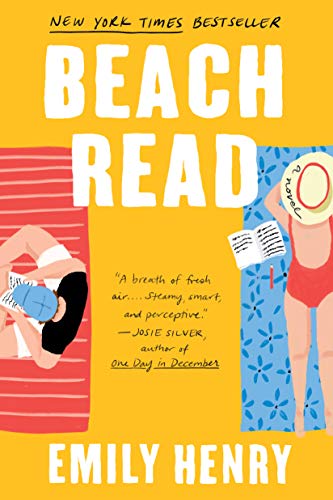
Somehow, that put me in mind of Maggie O’Farrell‘s The Marriage Portrait. In 15th Century Florence, Lucrezia, third daughter Cosimo de’ Medici, finds herself betrothed, then married to Alfonso, heir to the Duke of Ferrara when her older sister, his original choice, dies. The story flits between her early life in Florence and her early married life. Underneath, throughout her marriage, her conviction that she will be killed by her apparently loving husband bubbles away. This is a tale, sumptuously and evocatively told. It’s a mixture of fact, of weaving in allusions learnt from Browning’s poem My Last Duchess, from myth and fairytale and from gothic horror to create an engaging and highly pictorial story, which goes a long way towards helping us understand what it might have been to be Lucrezia: child, noblewoman, wife.


From one woman’s life to another.in this case a wholly fictional one, as told in Laird Hunt‘s Zorrie. This is the story of an ordinary woman living in rural Indiana, born during the 1930s Depression years. It’s quietly, beautifully told, from the days when Zorrie is orphaned and put in the care of a resentful spinster aunt, through the years of her adolescence, marriage and beyond to old age. Zorrie’s is a narrow world, but she has the same struggles with grief, with loneliness that befall most of us at some stage. But she also experiences love, and deep friendships, and reaps the rewards of steadfast hard work. I was moved by and involved in the story told in this short book.

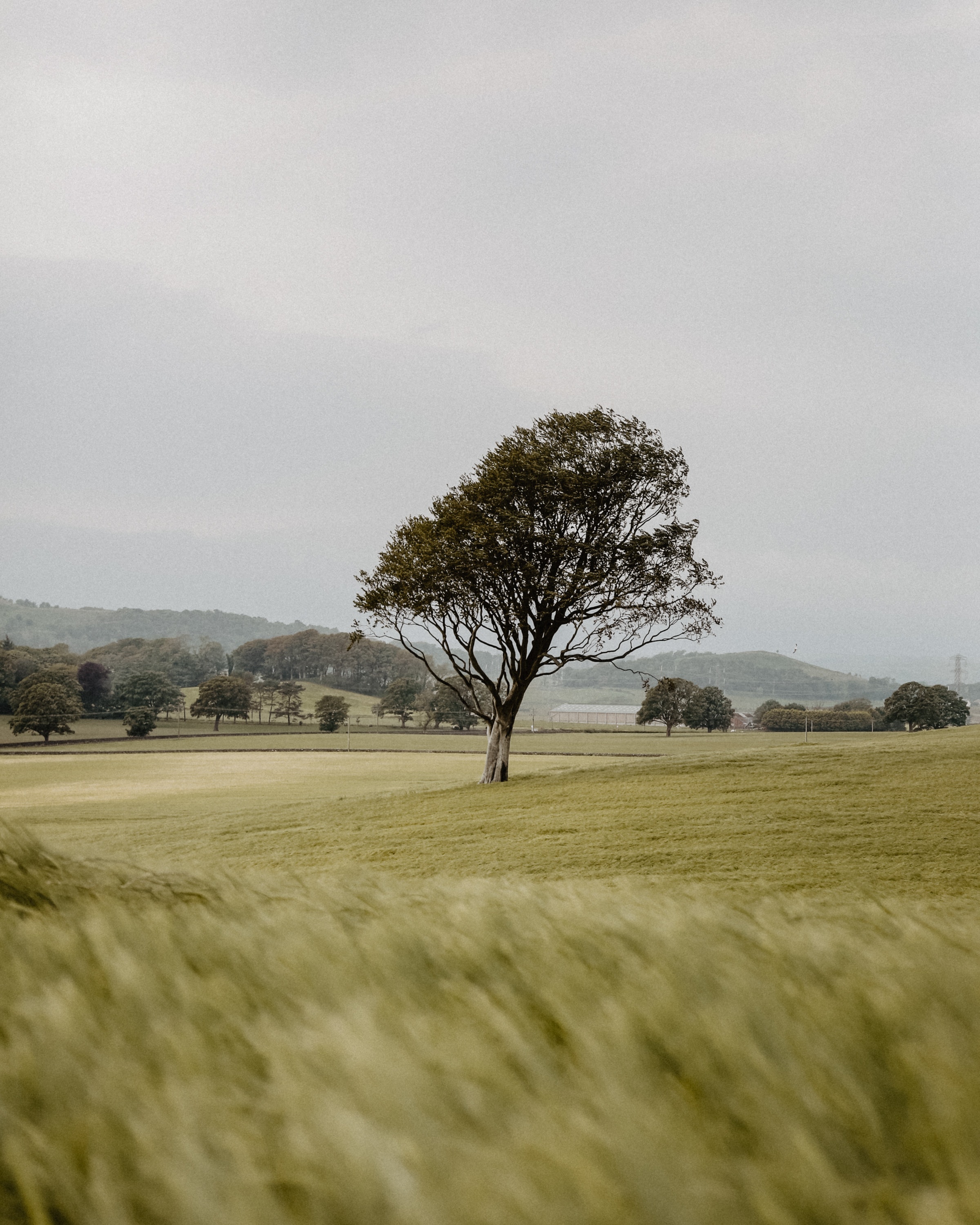
From one simple life to another, in Limberlost, by Robbie Arnott. Set in rural Tasmania towards the end of WWII, , this book ‘s earlier pages chronicle the life of young Ned, son of an apple farmer. As the book moves on, episodes from his whole life interweave the narrative, and indicate how events from his boyhood inform the adult he became. What makes this book special is its sparse yet luminous prose: its ability to make readers care for Ned, who has difficulty articulating his feelings and aspirations. The novel isn’t plot-driven. It relies on various episodes such as his caring for a fierce marsupial, a quoll, whom he has inadvertently trapped to illustrate his character, his inability to trust himself to explain and justify. The one real drama in his marriage isn’t really explored. This quiet, understated book may well be my book-of-the-year 2022.
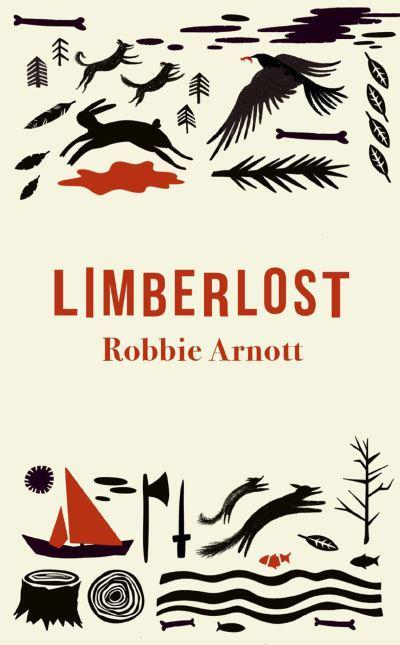
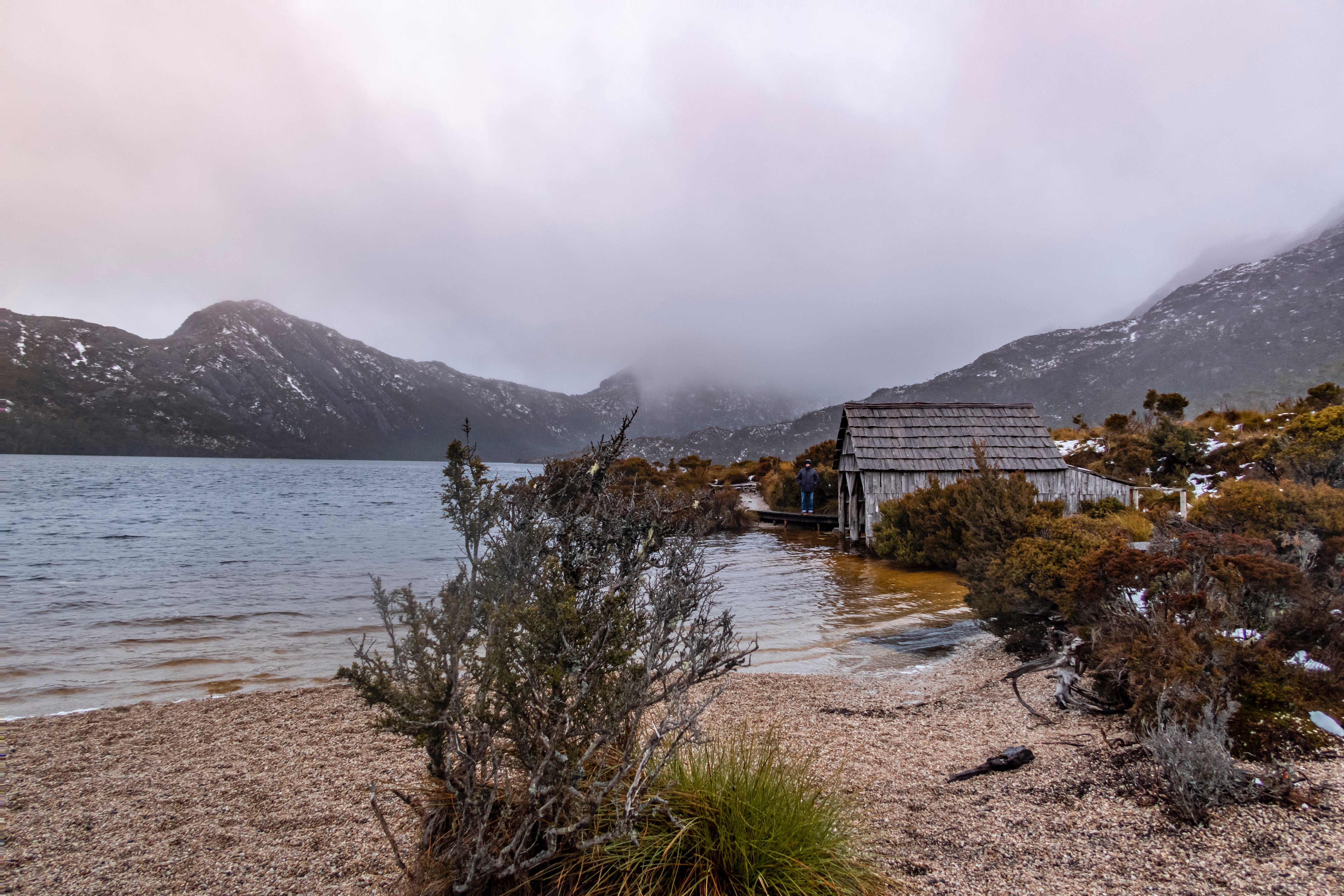
We’re still crossing continents in my next book: to Europe – to Italy. I’m staying here, by Marco Balzano. A powerful, understated novel sweeping us through much of the twentieth century. Trina narrates her story to her missing daughter. She lives in Curòn, in the German-speaking Italian Tyrol, and witnesses Mussolini’s attempts to Italianise it and stifle its German heritage; the impact of the Nazis and war on their lives; and finally sees their community destroyed by the building of a – it turns out – inefficient dam which drowns Curòn and surrounding villages. Important moments of history are told here through the lives of ordinary people, few of whom are described, other than as, for instance ‘the fat woman’, ‘the old man’ – they become ciphers for us all.. That is what makes this book, so simply told, so potent.
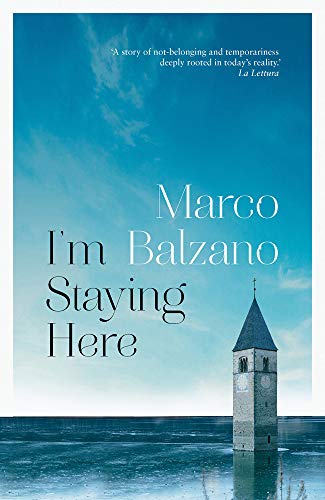
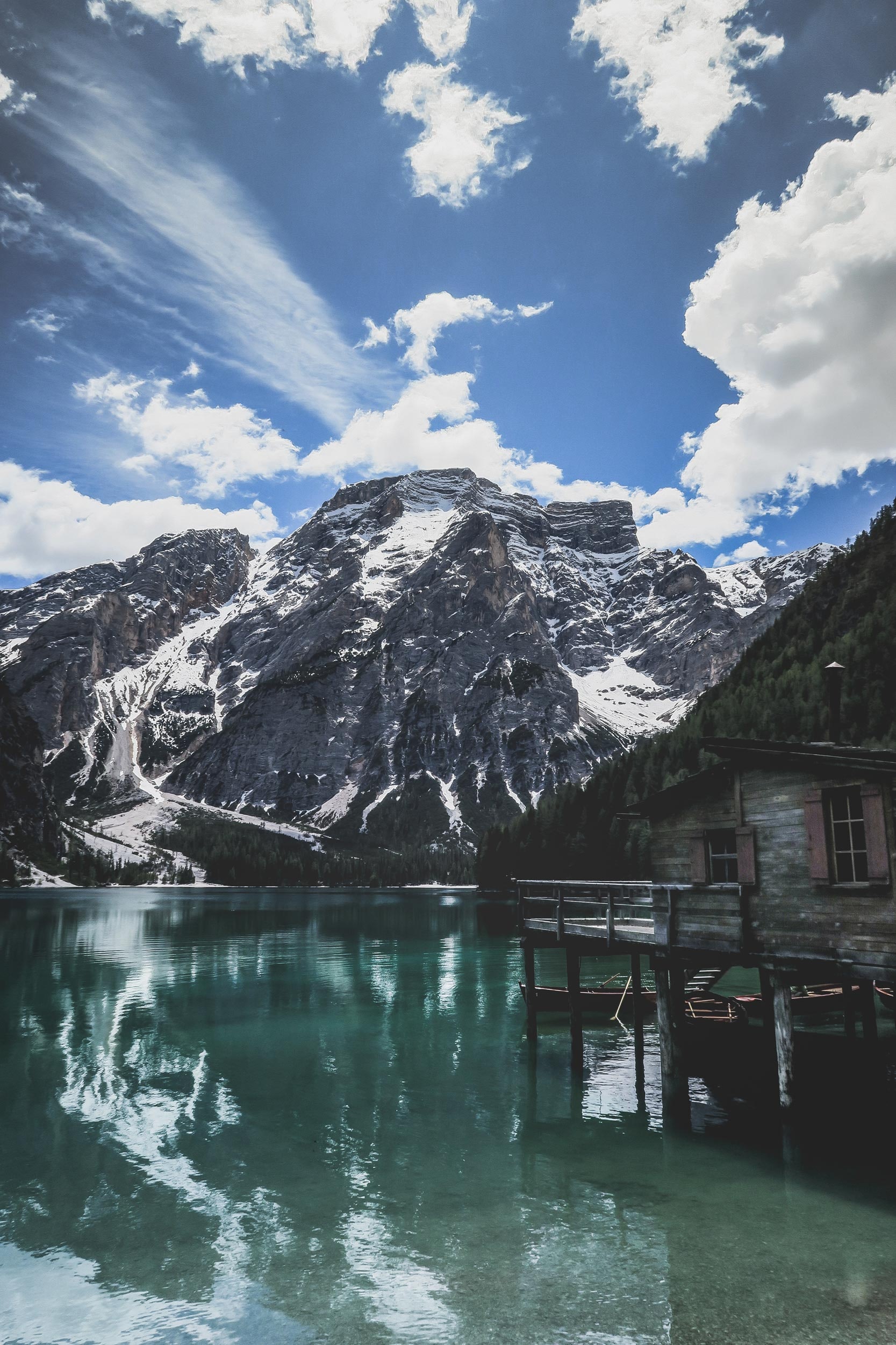
Now we’re off to Spain. I picked Barcelona Dreaming by Rupert Thomson from the library shelves for no better reason than that Barcelona is a city I know well since our daughter moved there ten years ago. Yhis is a book with a strong sense of place. Not Tourist Barcelona, with its must-see monuments, its busy cafes and its omni-present pick-pockets: but the varied city which all kinds of people from dyed-in-the-wool Catalans to ex-pats and immigrants call home. Here are three interlinked novellas, each with a very different character at its heart. They never meet, but are linked loosely through neighbours, colleagues and unconnected events. The book explores themes such as immigration, racism, nostalgia, lack of self-knowledge: old relationships that linger on. Thomson conjures up people whose complicated lives are utterly plausible, and a city that lives and breathes without reference to the tourist haunts so many travellers see. An immersive book.

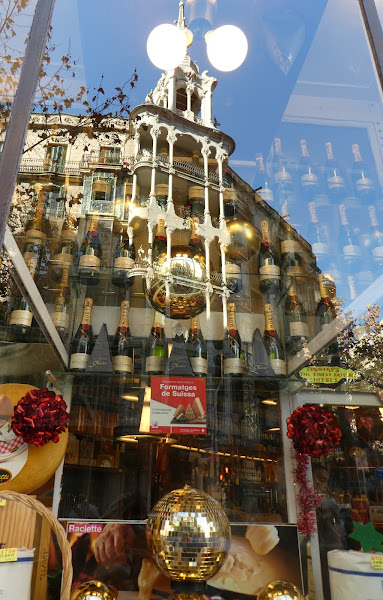
These first five books all have a single character at the story’s heart. My sixth does too in many ways. To Cook a Bear, by Mikael Niemi. But is the hero the narrator, Jusi, or the pastor? We’re in northern Sweden in 1852, within the Arctic Circle – an area where Swedes, Finns and the Sami people all live. Revivalist preacher Laestadius, an avid amateur botanist is pastor in a community here, and takes in an abandoned Sami boy, Jussi, who’s suffered much abuse and poverty. This pastor is astute and observant – more so than the local sheriff, and it’s he who continues his pursuit for the truth when first, a local girl is killed, then another is grievously attacked: the easy, but incorrect answer is – a bear. The pastor teaches Jussi to read, write and use his brain, and it’s largely the boy who tells the story, though he remains, as do the Sami people generally, disregarded and despised by the local community. This is a good story and well told, portraying an isolated community, reliant on gossip, tradition, religion and superstition to get by. There are twists which bring the pastor (who is an actual historical figure) and Jussi into real danger. This is Scandi Noir introduced into the history books, and emphatically not a detective story with added costume.
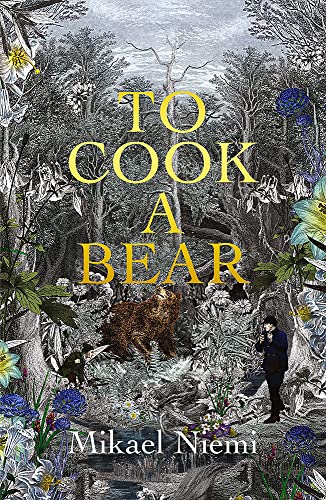
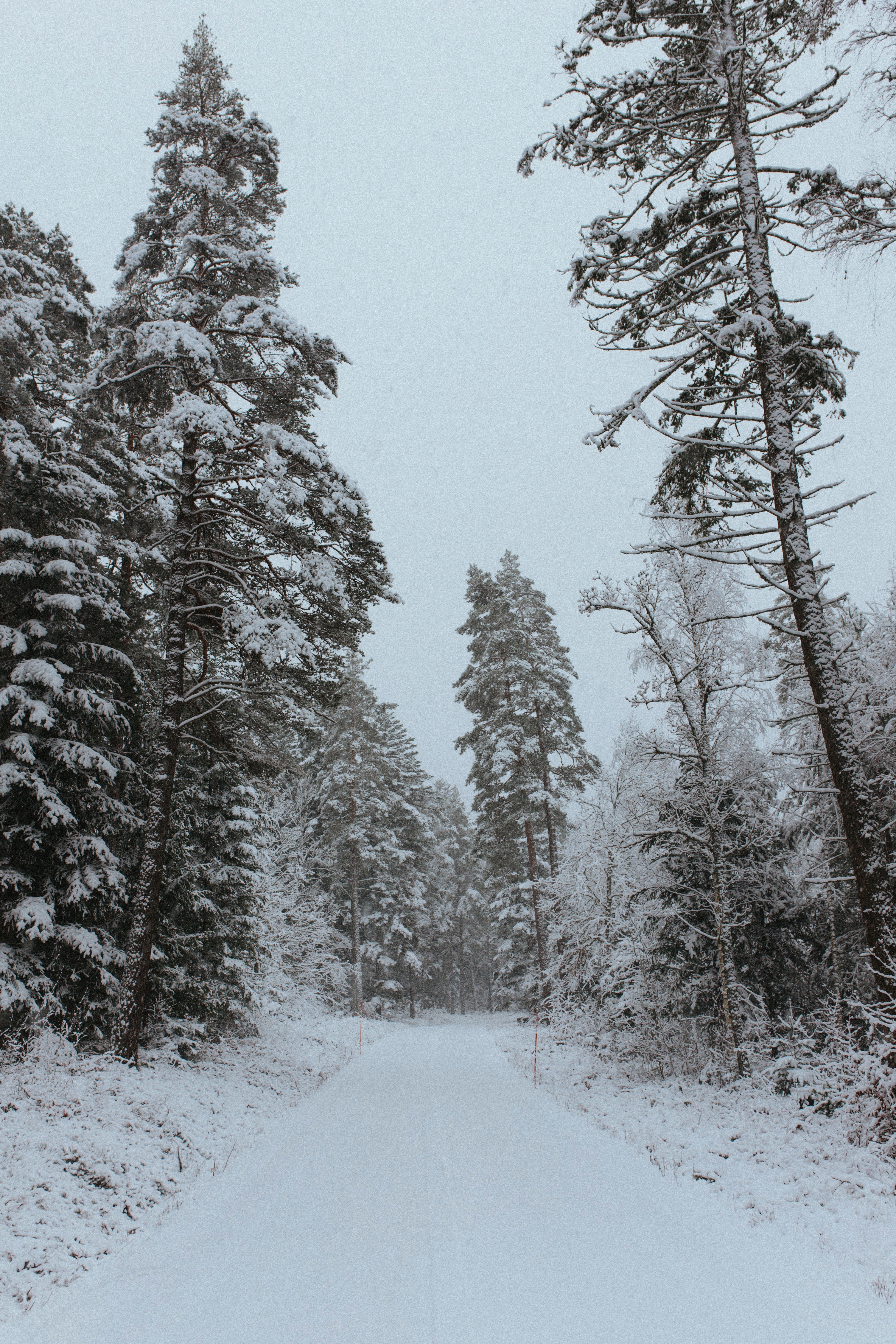
So I’ve come full circle, by beginning and ending my chain with two stories inspired by the lives of real people. If I’m honest, this was also driven by my wish to include my very favourite book title of 2022: To Cook a Bear. The other factor making this list into a chain is that – quite exceptionally, I read all six of these books straight after one another (though not in this order) since the last appearance of Six Degrees.
And next month’s starter? Trust, by Hernan Diaz. I’ve reserved it at the library already.

You must be logged in to post a comment.